Brief Introduction Of Foam Roller Usage
A decade ago, fitness coaches and athletic trainers would have looked curiously at a foam roller and wondered, “What’s that?”, but today, foam rollers are fast becoming one of the most important sport equipment when it comes to fitness training and athletics, finding its way into several athletic training rooms. Nowadays they have come in different sizes, shapes and types.
We have been moving slowly from a mode of care of isokinetic and electronic injuries to more European-inspired processes that focus on hands on caring for soft tissues. Now we realize that massage techniques such as Muscle Activation (MAT), Self-Myofascial Release (SMR) and Active Release Therapy (ART) can do wonders for recovery in the body of an athlete.
Foam roller is excellent for physical therapy, before or after exercise, yoga or even when you feel a sore tissue of your body. It is also perfect for positioning, balance, postural and muscle re-education, spinal stabilization, body awareness and coordination, ranging and strengthening activities.
Overview Of Importance Of Using Foam Rollers
Foam rolling, also known as myofascial release is a therapy technique. It is initially adopted by professional athletes and therapists to relieve muscle tightness and trigger points. Over years, this technique by foam rollers has been more and more popular for everyday practice for people at all levels of fitness.
Now a common practice in many gyms and exercise, this method of self-massage can be performed using a form roller, lacrosse ball, Theracane or your hands. Among them, exercise foam rollers have been a more and more popular tool for self-massage.
Self-myofascial release (SMR) technique stimulates neural receptors that cause muscle relaxation. Using a foam roller to perform SMR can provide benefits similar to stretching, which includes a reduction in muscles soreness and increase flexibility. SMR is highly recommended after a workout session or when you’re experiencing tight muscles. It has also been proven to repair muscle adhesions due to one’s repetitive motions and poor posture.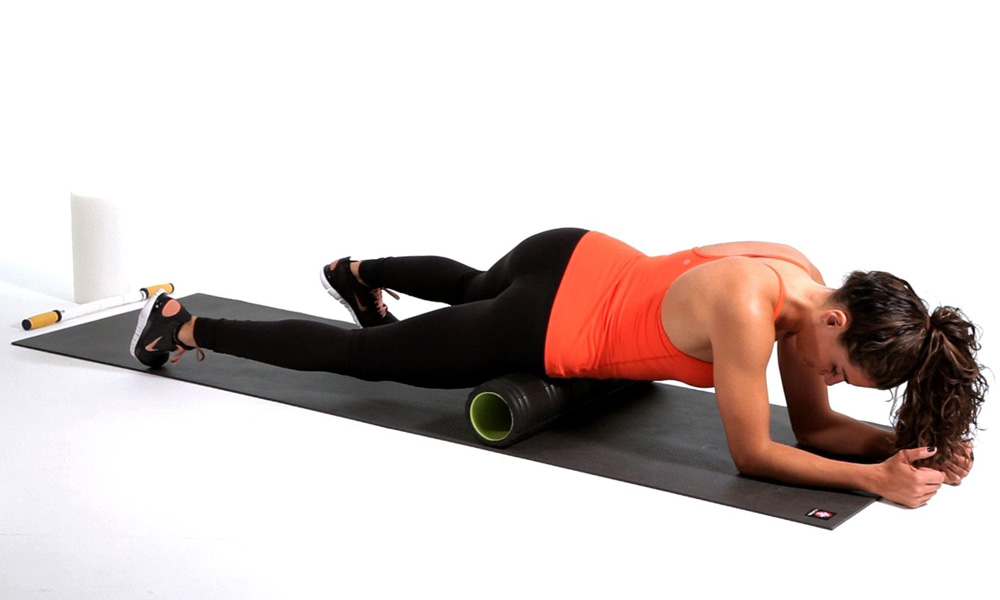
Preparation For Using Foam Roller: What You Need?
First you will need the basics, which consist chiefly of the foam roller. They come in sizes usually around 15 cm in diameter and 30 cm to 60 cm in length. A half roller has one side cut flat, but a full roller is advisable as it gives you a greater flexibility of motion.
Then a spacious environment which is well ventilated is required to move as you roll back and forth. The roller should be set on the floor horizontally across you in front. Don’t wear exercise gears that cover your entire legs as the materials would interfere with smooth rolling.
Common Foam Roller Techniques
There are numerous foam roller moves for your entire body which you can possibly carry out. Some of which are explained below:
Calf Roll
While seated with your legs stretched out, place the roller under a calf. And rest the other foot on the floor. Stretch your arms out to a considerable distance backward to provide support and roll from ankle to below the knee. Take turns with the legs.
Groin Roll
Lie face down placing one leg on top of the foam roller against your inner thigh. Adjust roller against the groin area and roll the inner thighs.
Quadriceps Roll
Lie on your stomach placing the roller under the front of one or both of your thighs and gently roll up and down from the bottom of your hips to the top of your knees. Direct as much weight on your thighs as possible.
Hamstrings Roll
While seated, place the foam roller under your thighs. It could be one or both thighs. One thigh is preferable as it increases the pressure. Roll from knees to buttocks turning your legs in and out.
Lats Roll
Lie on the floor and place a foam roller under your back and to the side. Keep the leg on the side being stretched straight and the arms to your sides. Increase pressure by stacking the other leg in front. Keep your upper body off the ground and roll along your outer thigh.
Glutes Roll
Sit on the roller placing one foot on the opposite knee. Shift your weight to the side of the crossed leg. Lean into one buttock and roll back and forth until you feel the tension.
Part Of Body Can Be Massaged With Foam Rollers
Femoral
From professional therapists’ recommendation, it is better to work with the feet turned outwards, inwards and pointing forward. Place the roller under your femur, supporting the full weight on it and using your hands to make it roll.
Flexor Of Hip
Support the top of your thighs on the roller and rotate them to the hip, helping you with the forearms. Try different inclinations as with the femoral.
Fascia Latae and Iliotibial Band
Lie on your side on foam roller just below the pelvis and roll it until it reaches the knee. You can increase the load by placing one leg over the other. This is the most painful move for most users.
Abductors
Balancing with your forearms, place the top of your thigh on the roller and roll it up to the top of the knee from the inside of the thigh. While doing this movement you work the vast medial somewhat.
Mean Gluteus and Piriformis
Stand on the side with the dense part of the side gluteus on the roller. And balancing with your leg on the floor roll down the side of the gluteus. For better understanding, you can also make use of video guides. Despite the foam roller’s effectiveness in relieving muscle tension and increasing muscle reflexology, if not used properly, it could end up doing more harm to you than good.
Safety Tips and Cautions When Using Foam Rollers
Foam rolling has a lot of ways to help you relieve your pain and help you move better. If foam rolling is not properly done, you risk irritating, and possibly injuring. While foam rolling is inexpensive, easy to use method for working out knots and trigger points in your muscle, there are some things you should look to avoid when using foam rollers.
Rolling directly over the pain.
Rolling too Fast
Spending too much time on knots
Not following the correct procedures
Rolling after stretches
Don’t roll directly where you feel the pain.
When you feel pain don’t roll on the spot directly. If you roll on areas of inflammation, you can increase the inflammation in the area. Massage the area of pain indirect before direct. If you have an area that’s sensitive, it’s good to roll away from that area by a few inches. When rolling fast, you are not actually eliminating any adhesions that way. When you roll slower, the superficial layers and muscles have time to adapt and manage the compression.
Understand the origin of your pain
It is very important to understand the origin of your pain before you start foam rolling. Have an idea of what you are trying to achieve through foam rolling and what to do to achieve it.
Remember never roll a joint or bone
Joints and bones are more sensitive and require more advanced attention.
- Avoid rolling too fast as this will prevent the muscles from adjusting to the roller as well as controlling the compression. Slow motions are advisable in order to completely eliminate adhesions.
- Avoid rolling directly on painful areas as this may cause swelling; rather, you are advised to roll few inches away from such areas, before covering the entire are with a long wide stroke.
- Maintaining proper posture is very important while using the foam roller. Failure to do this might lead to injury and so first better to watch videos on how to use the foam roller or consult with a personal trainer before starting with a foam roller.
If you have any other question concerning foam rollers, please leave your comments here. We would like to hear from you!

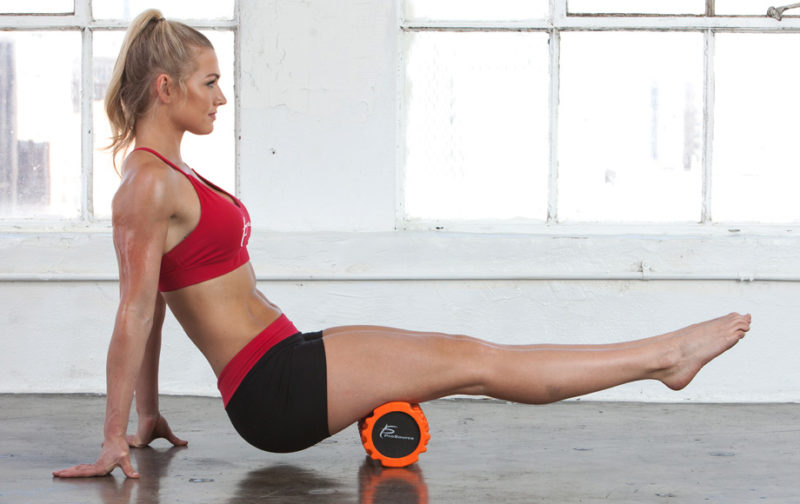
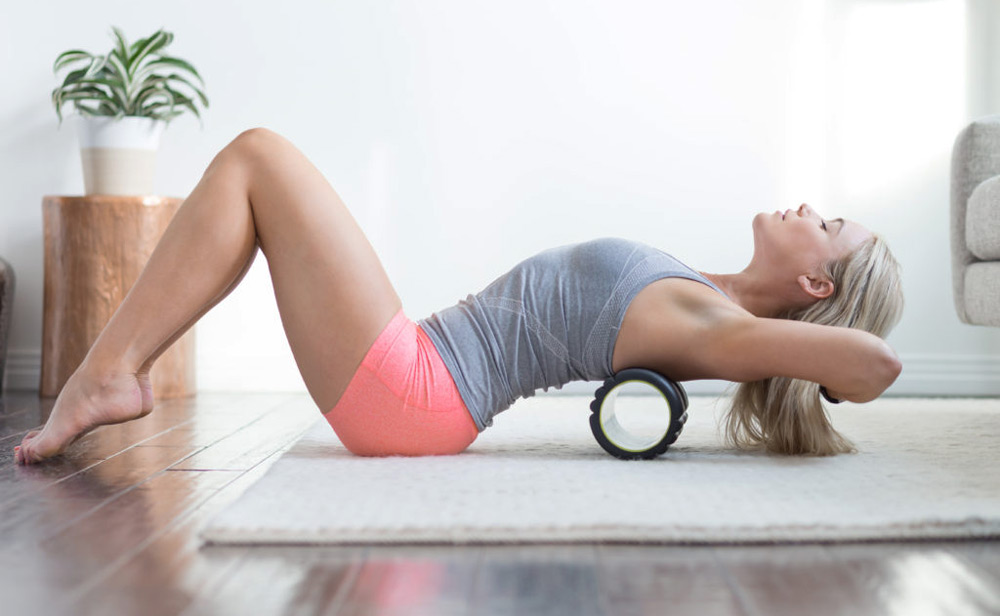
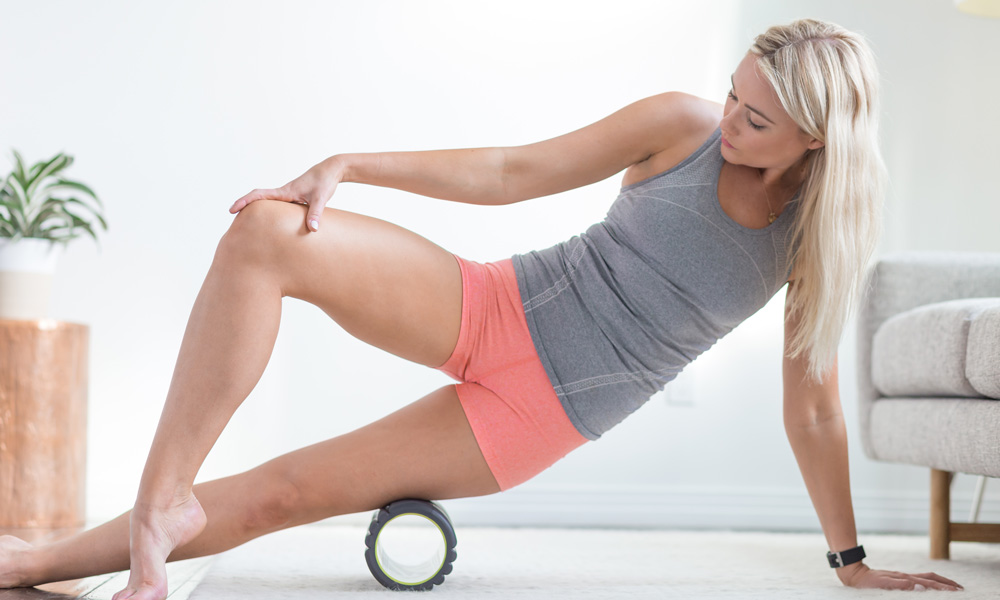
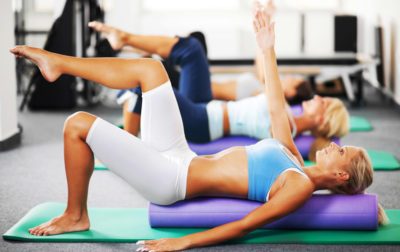
Leave A Comment